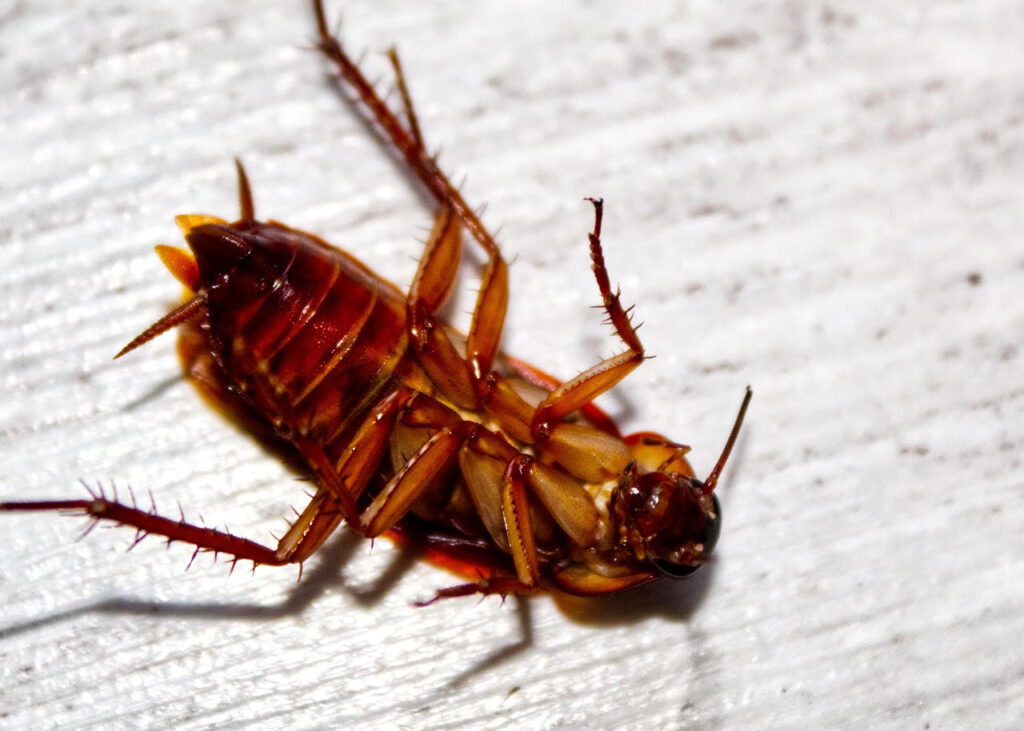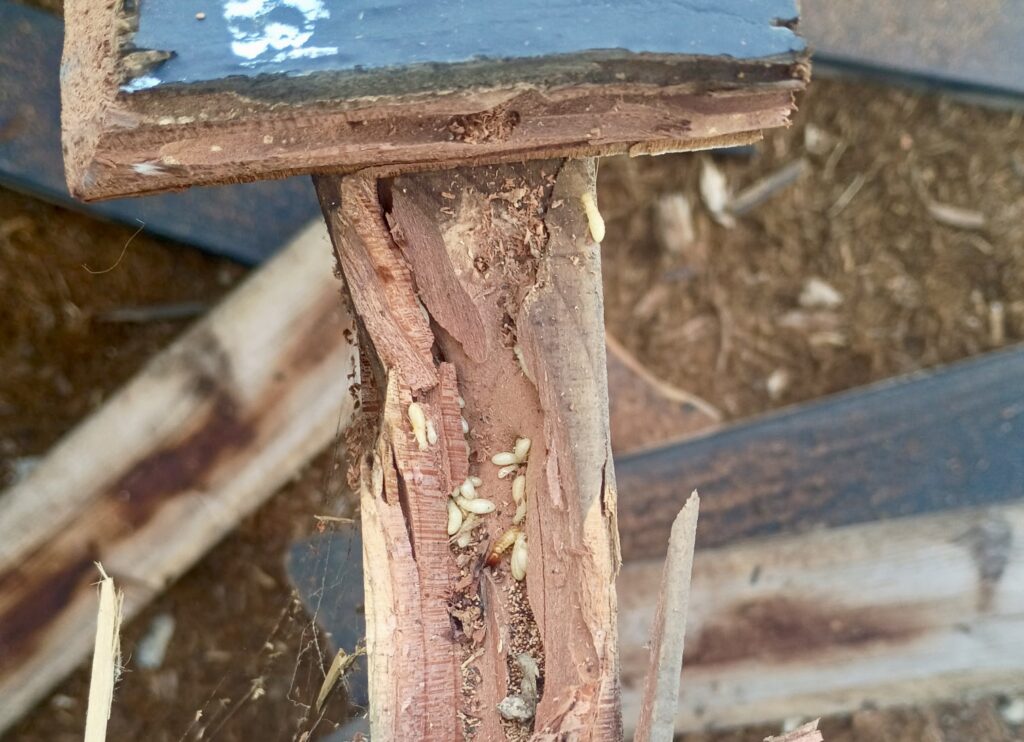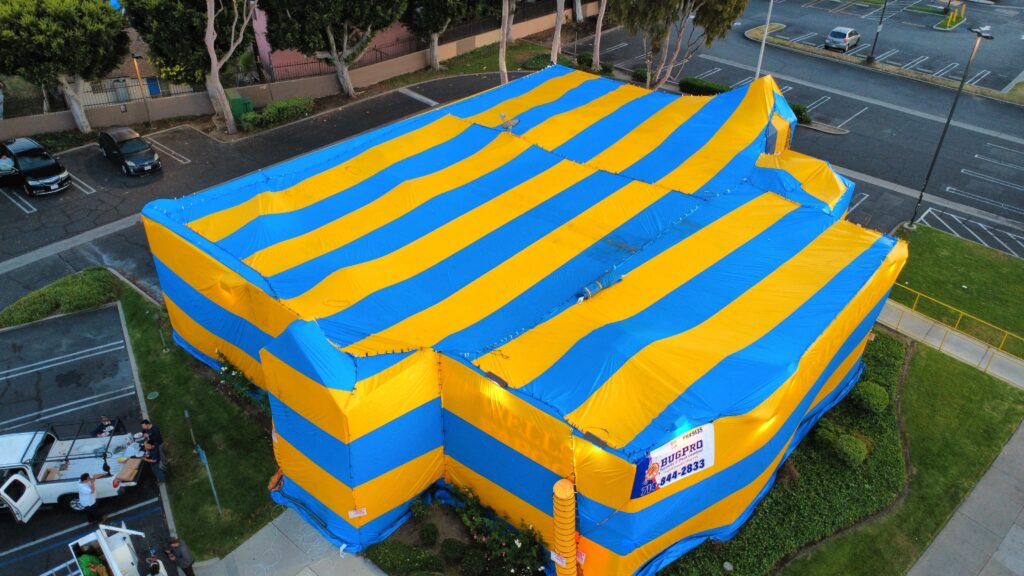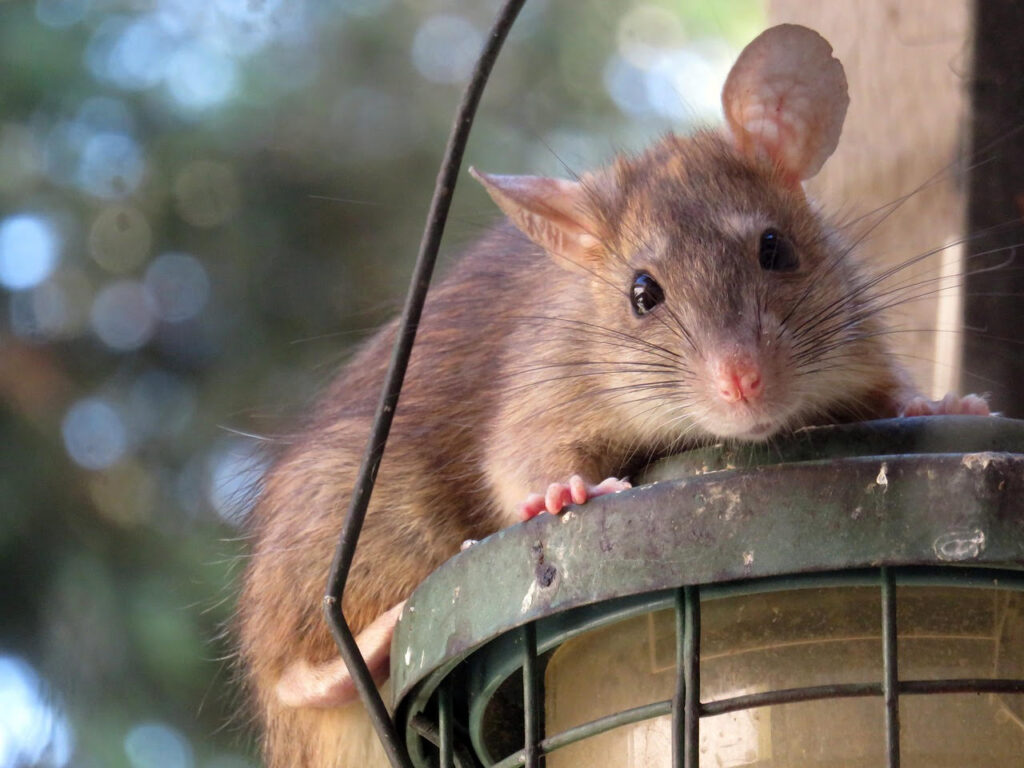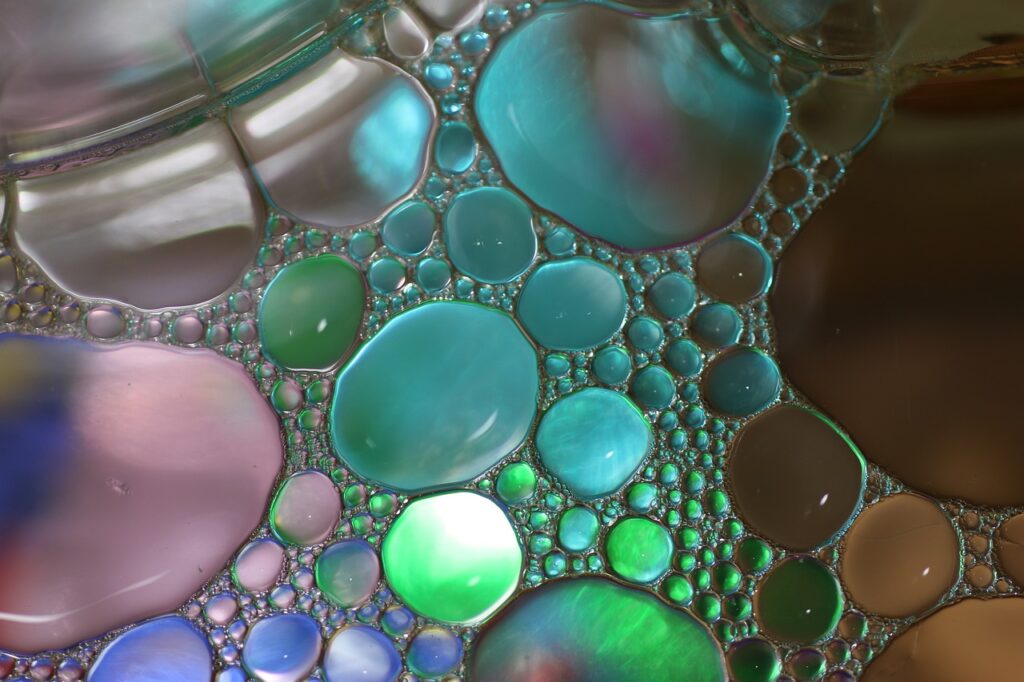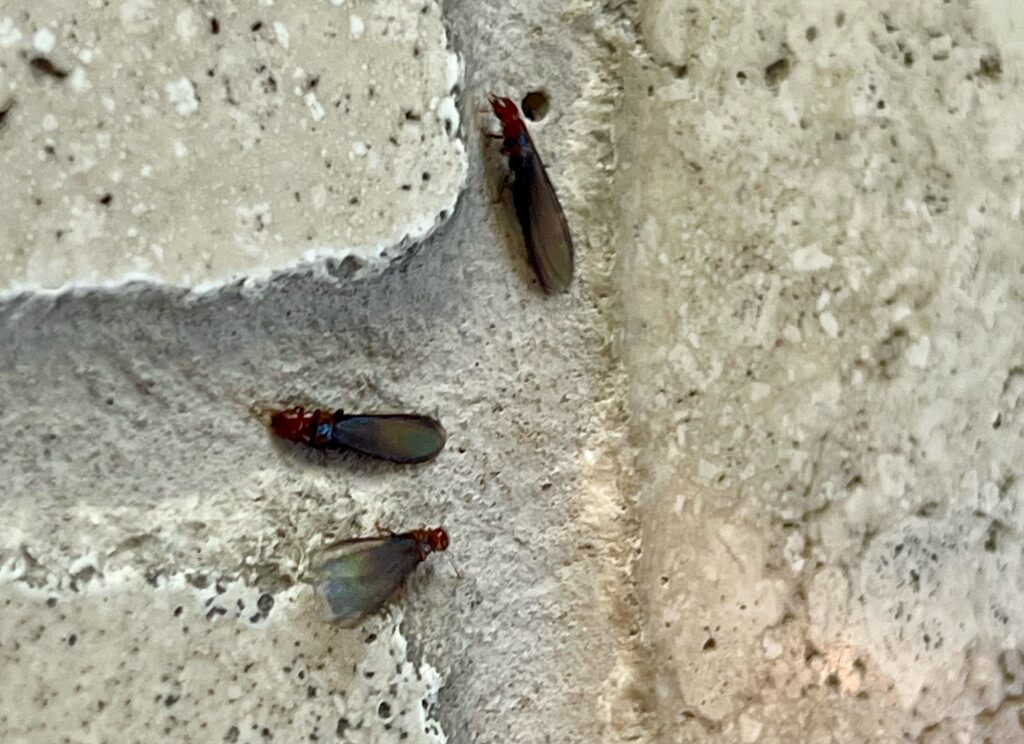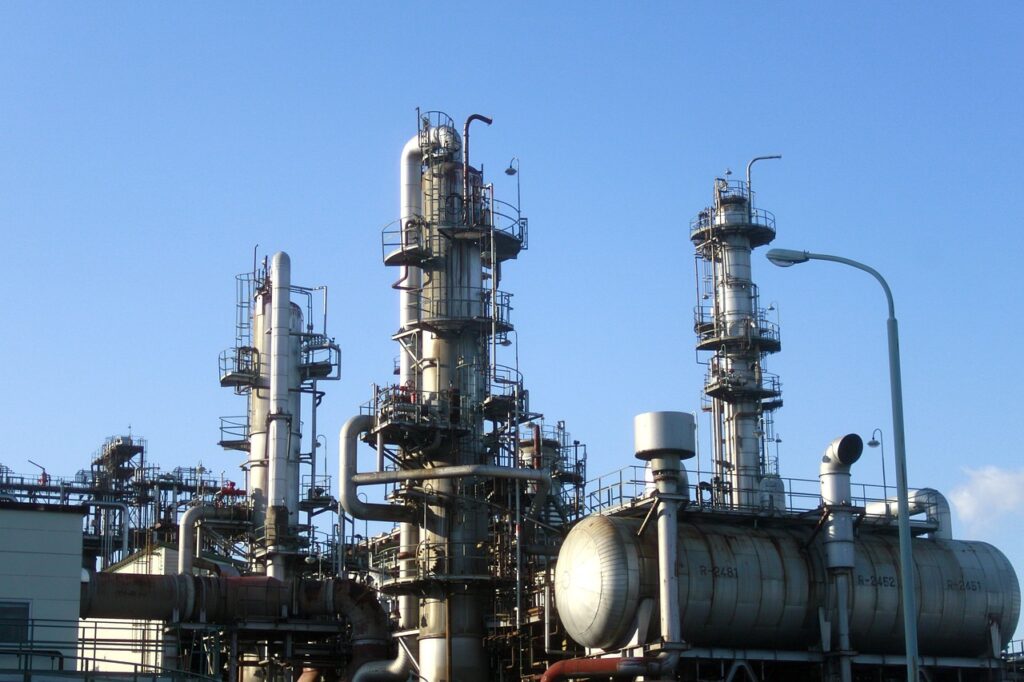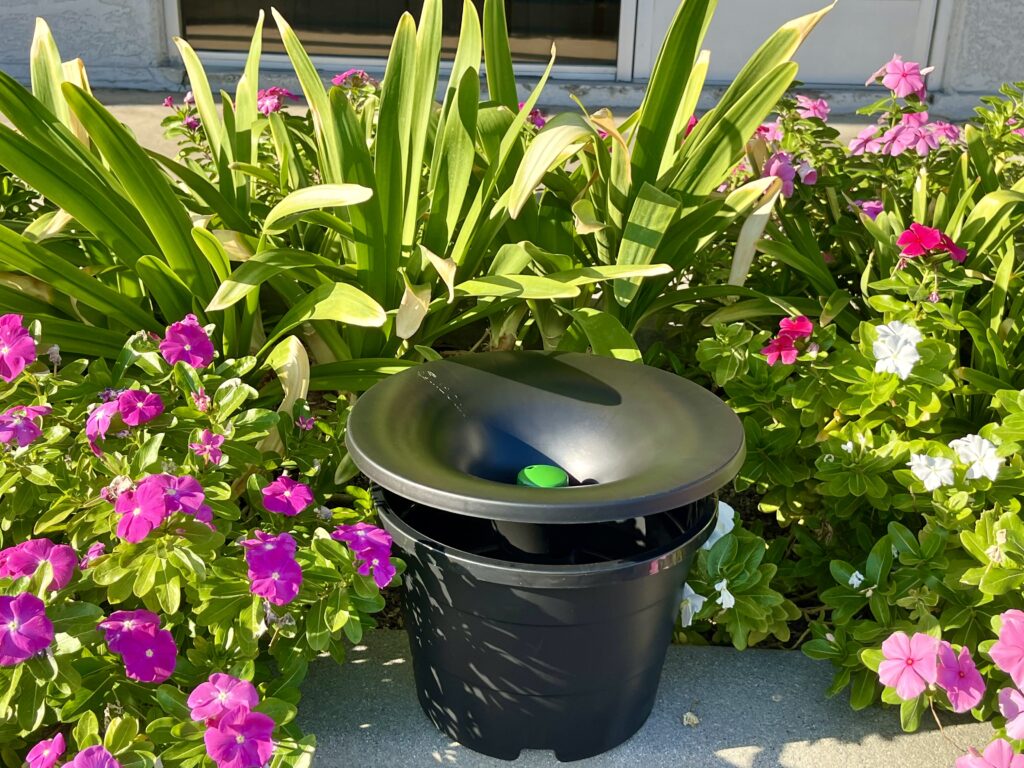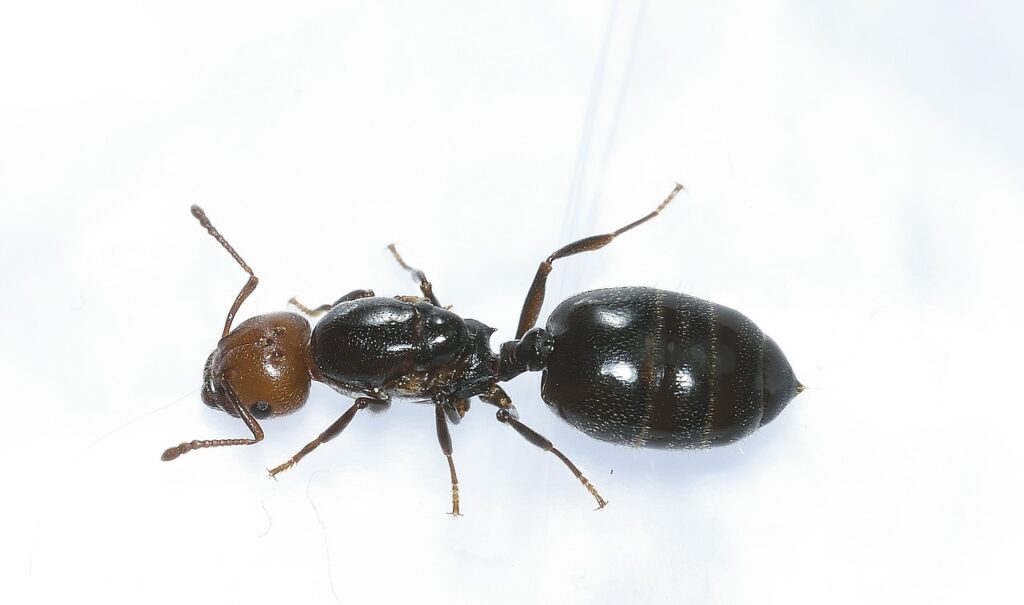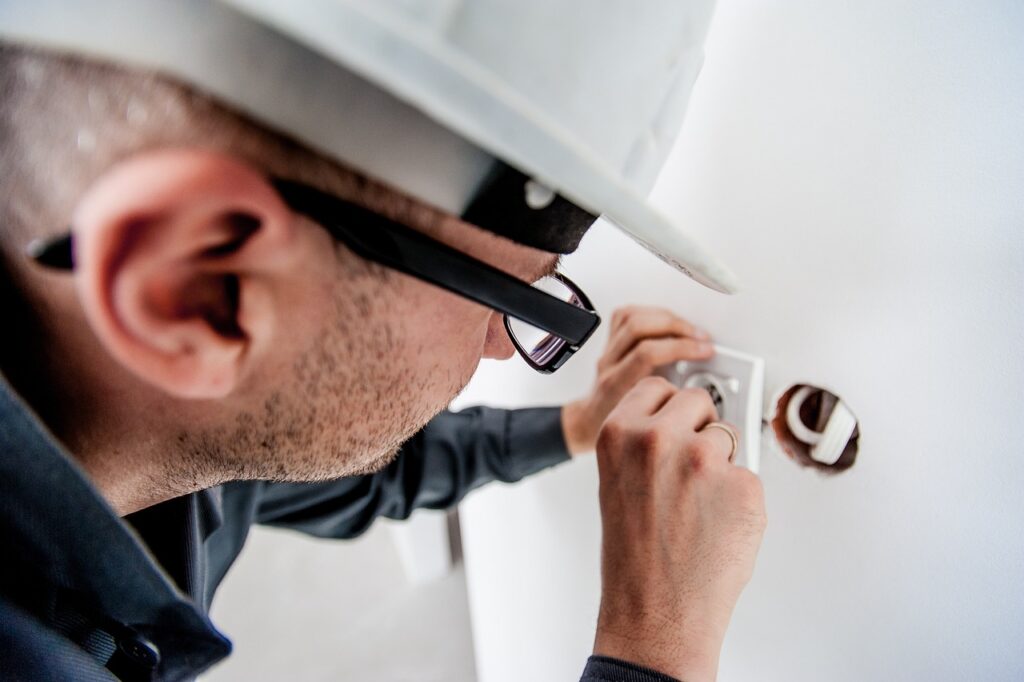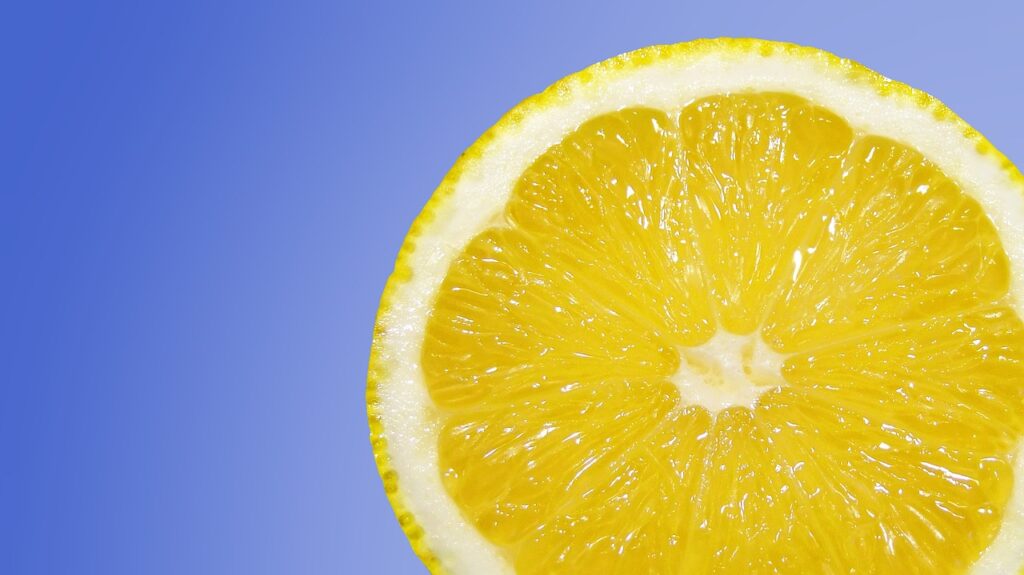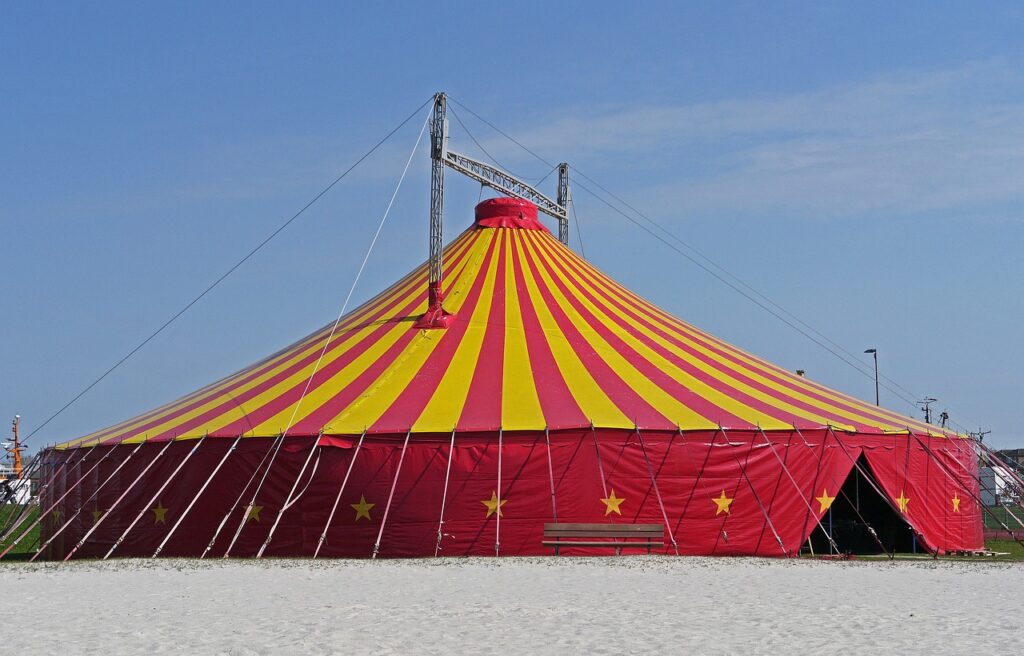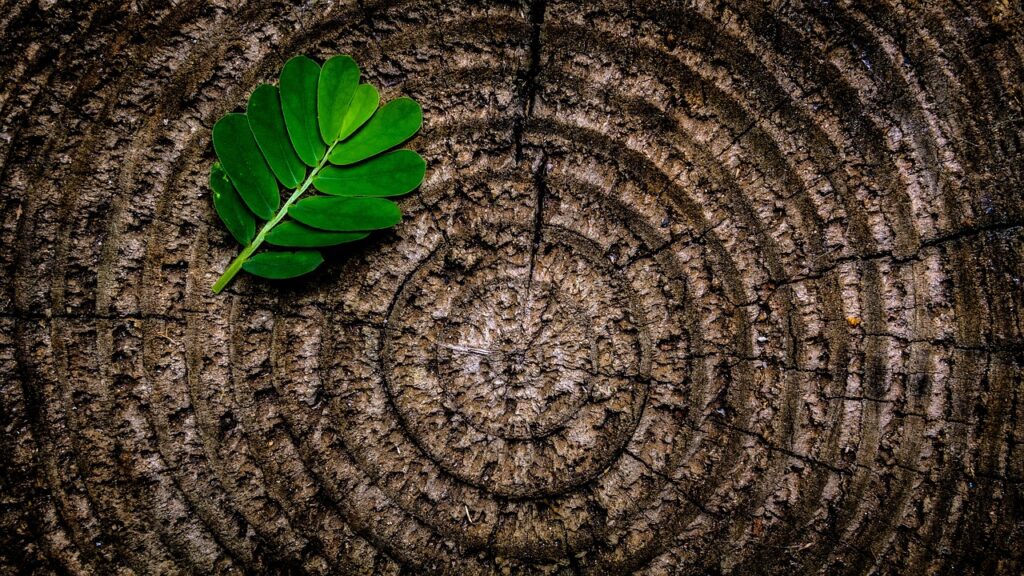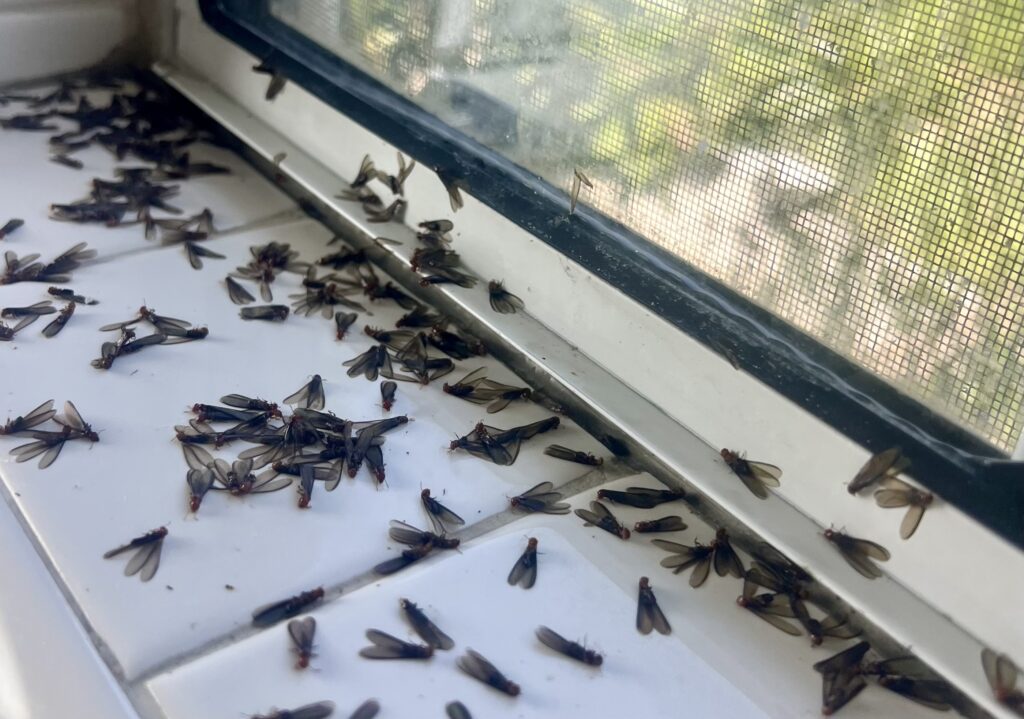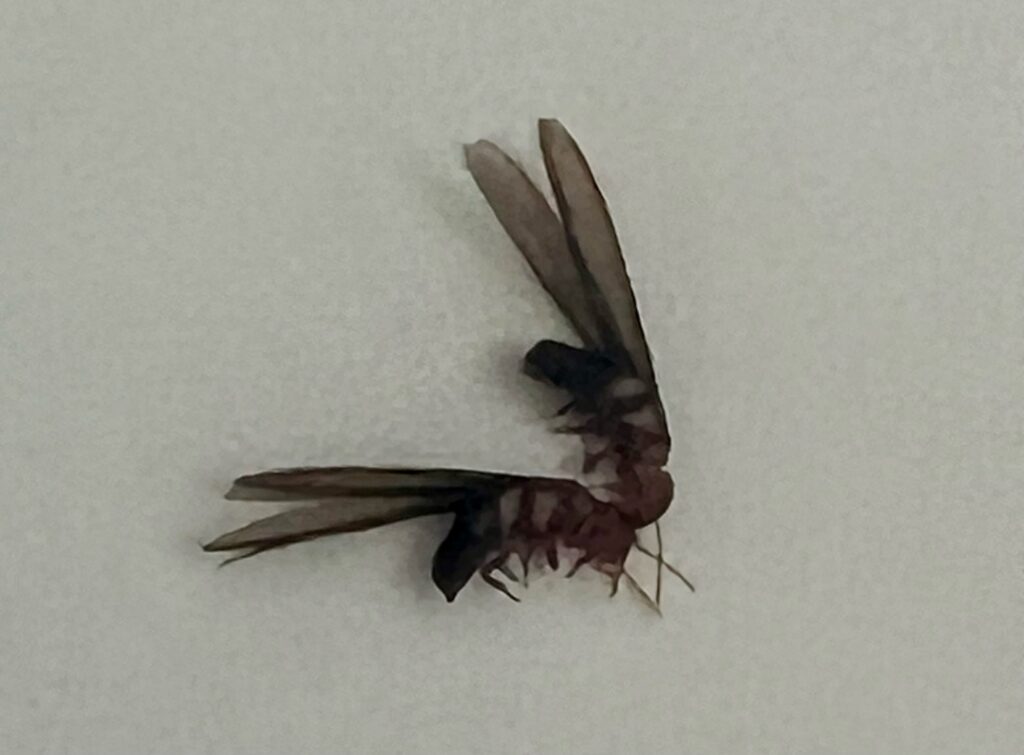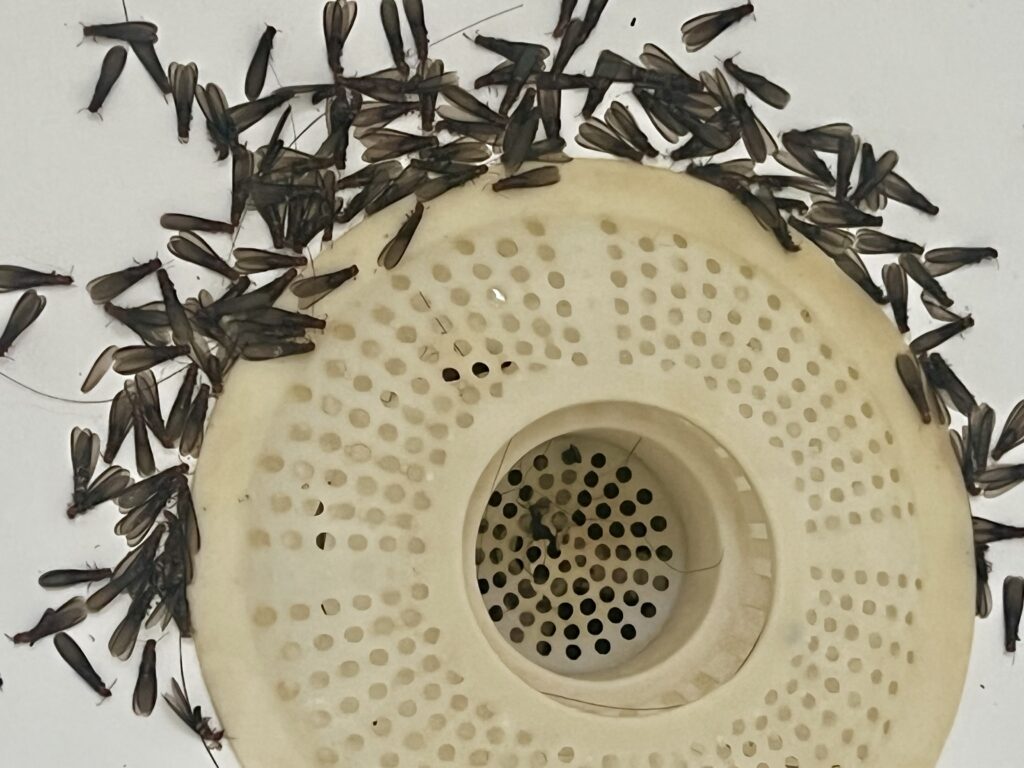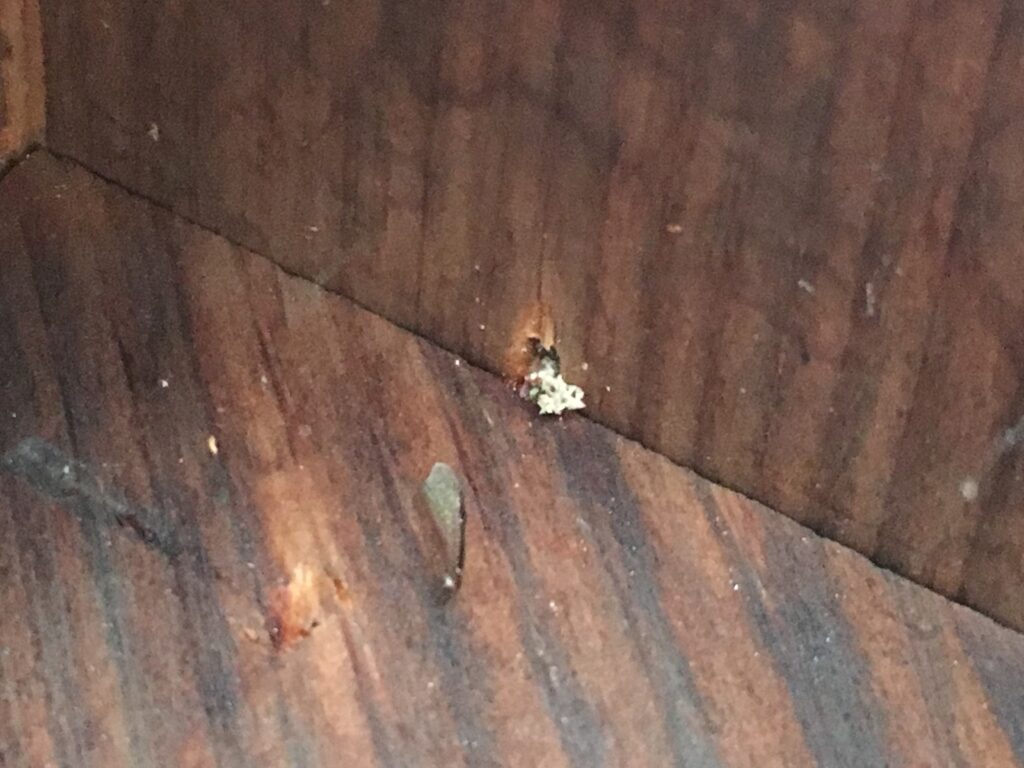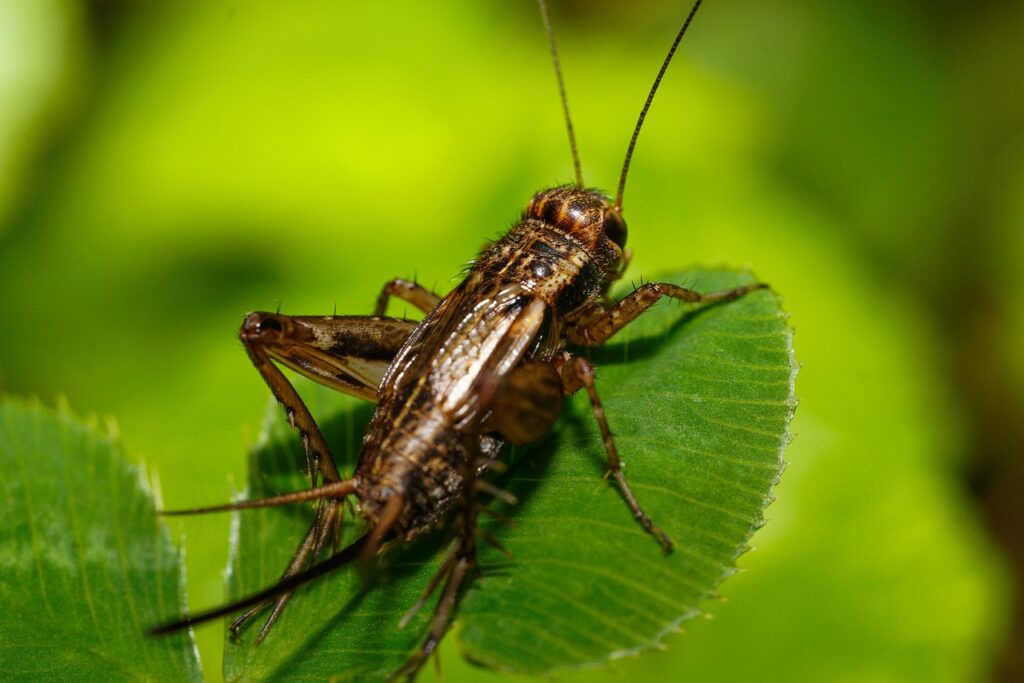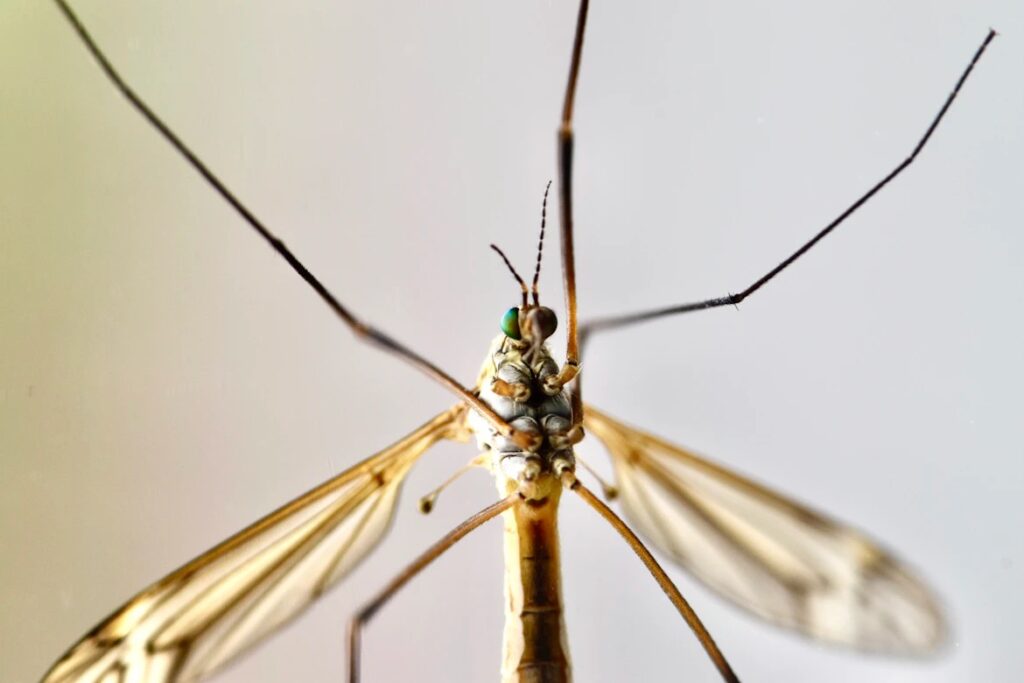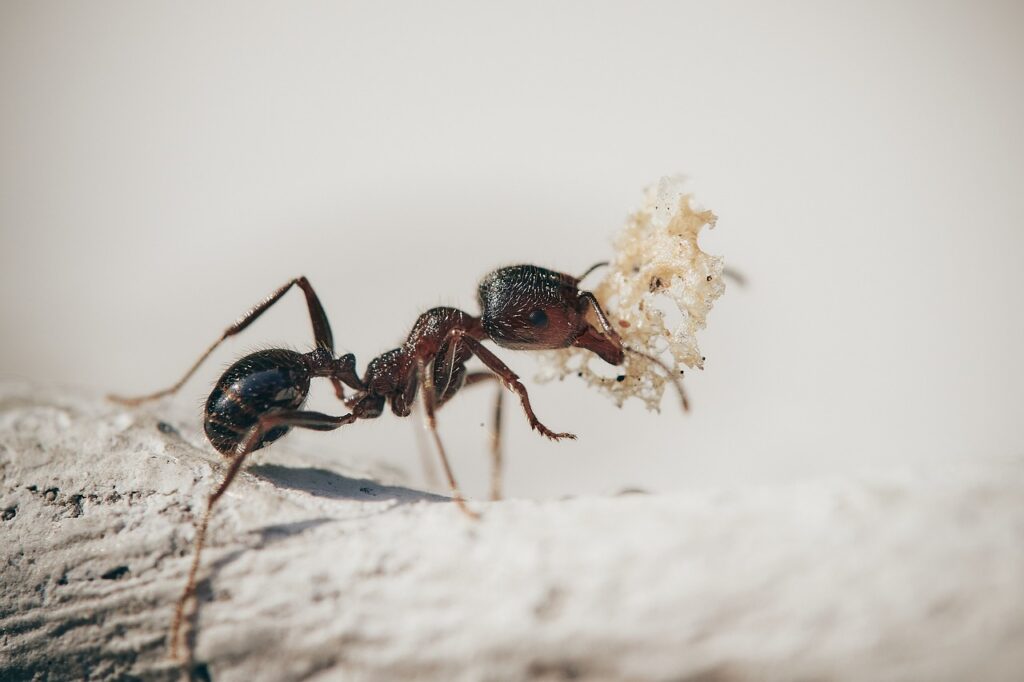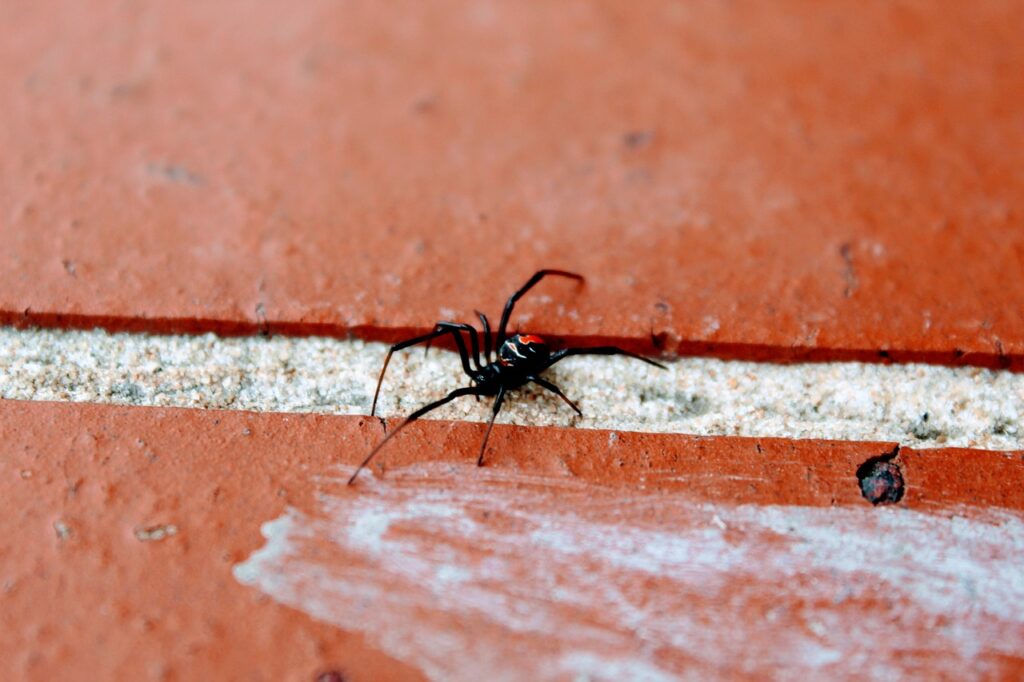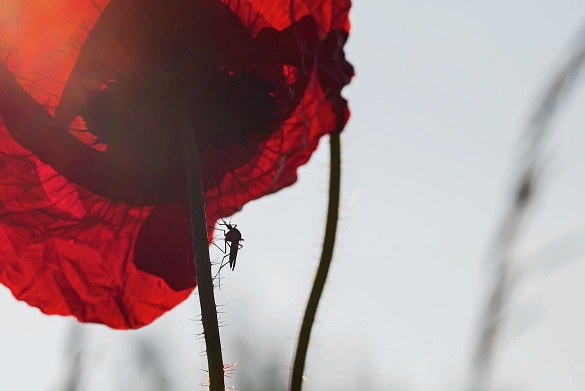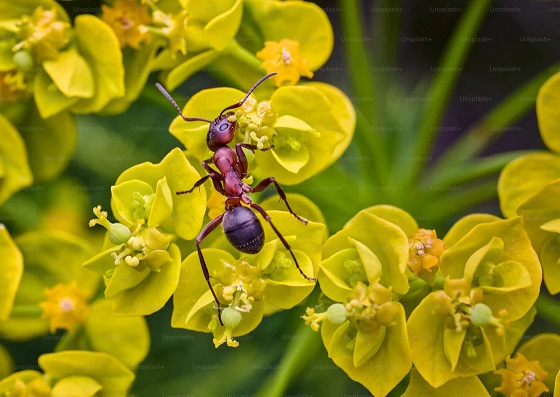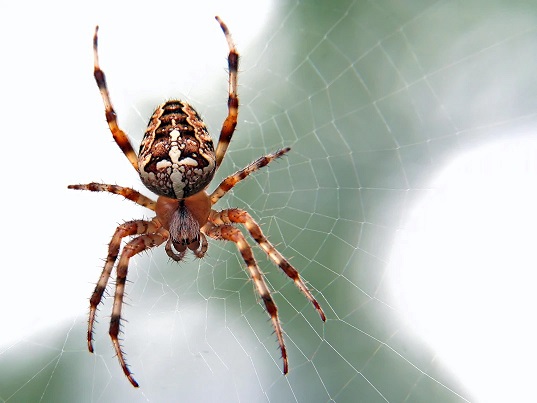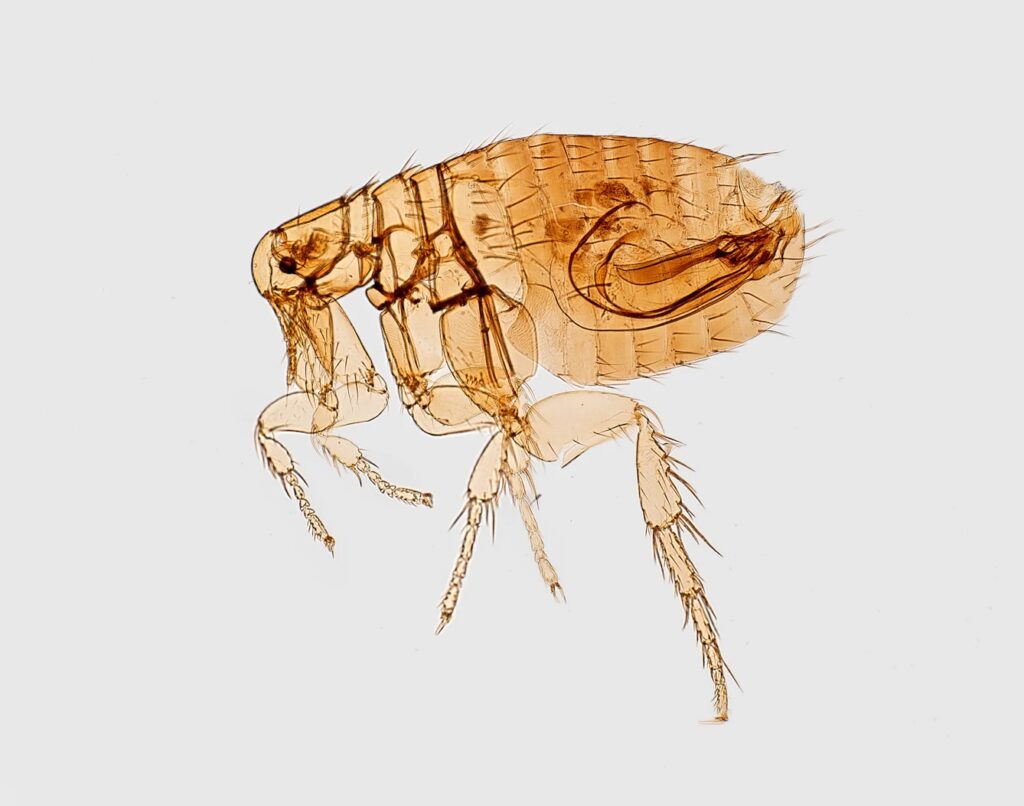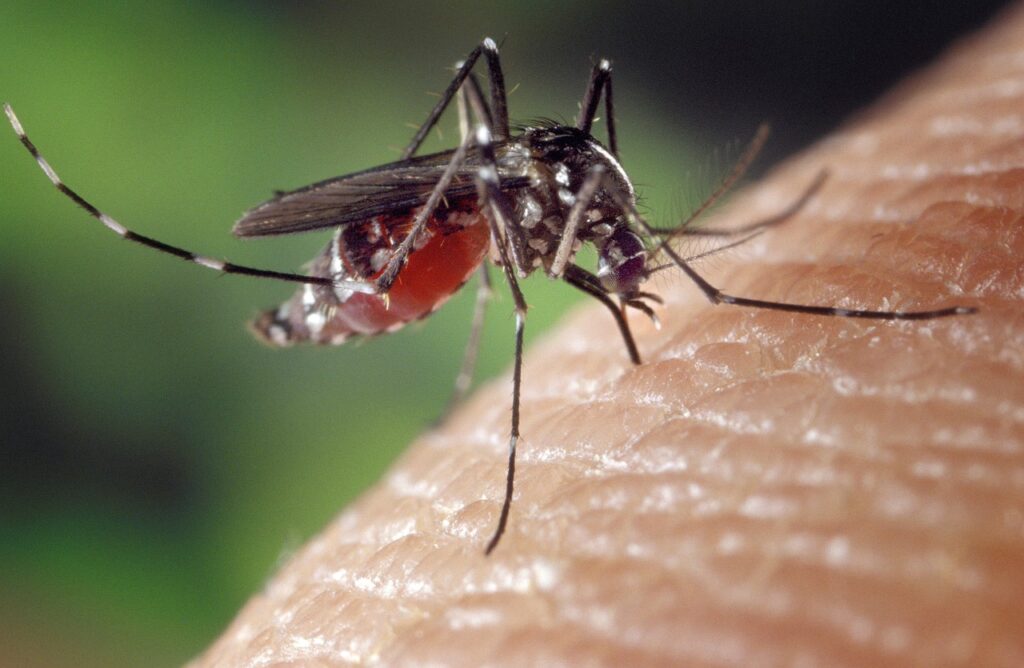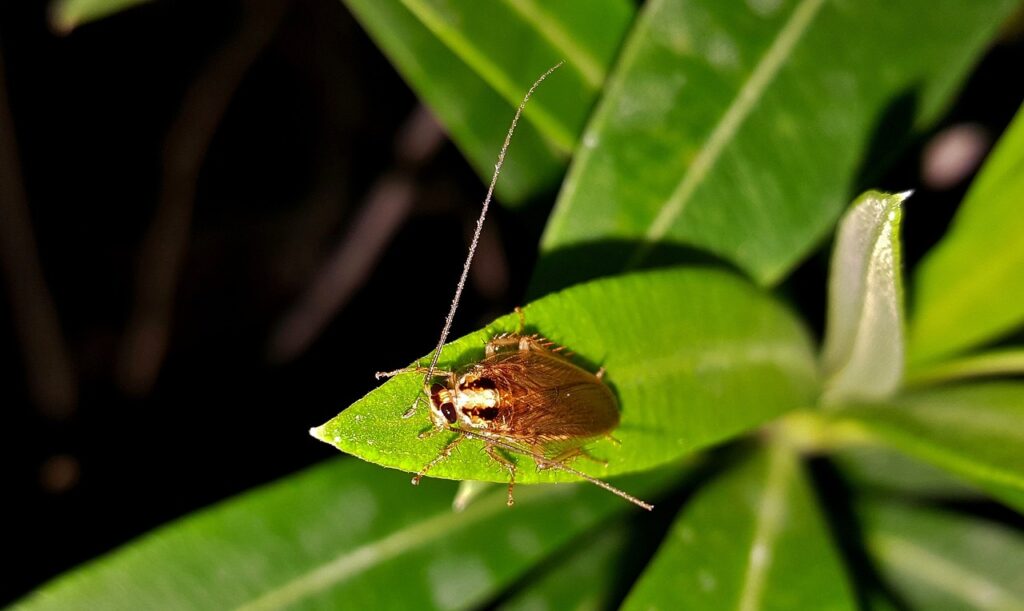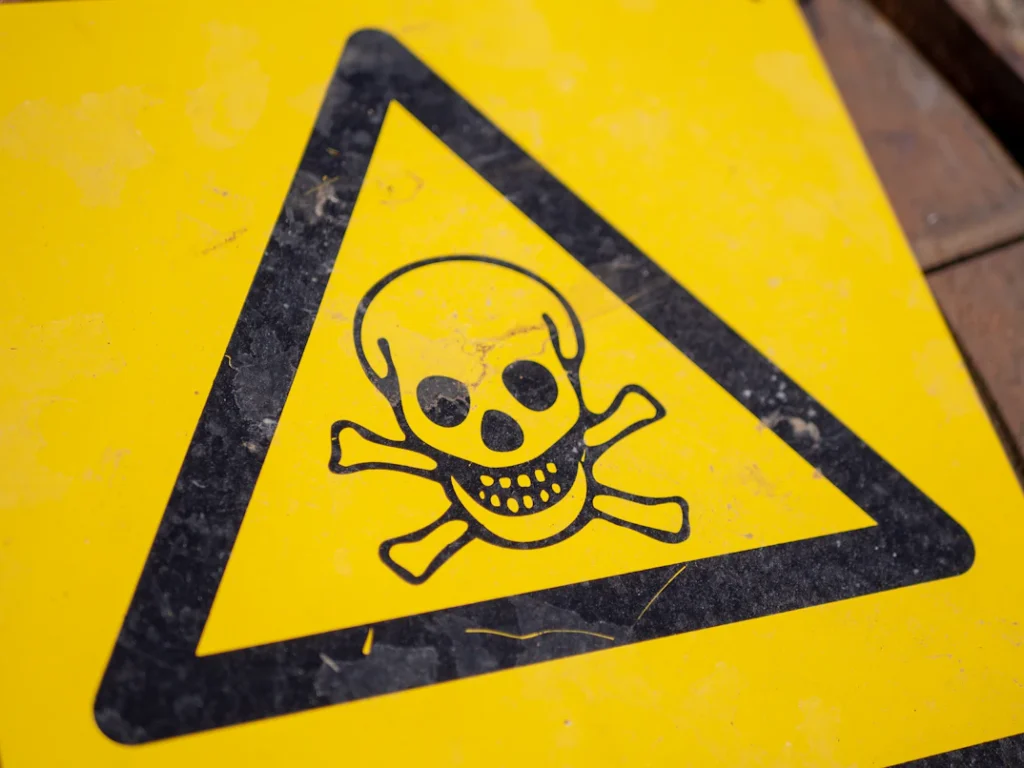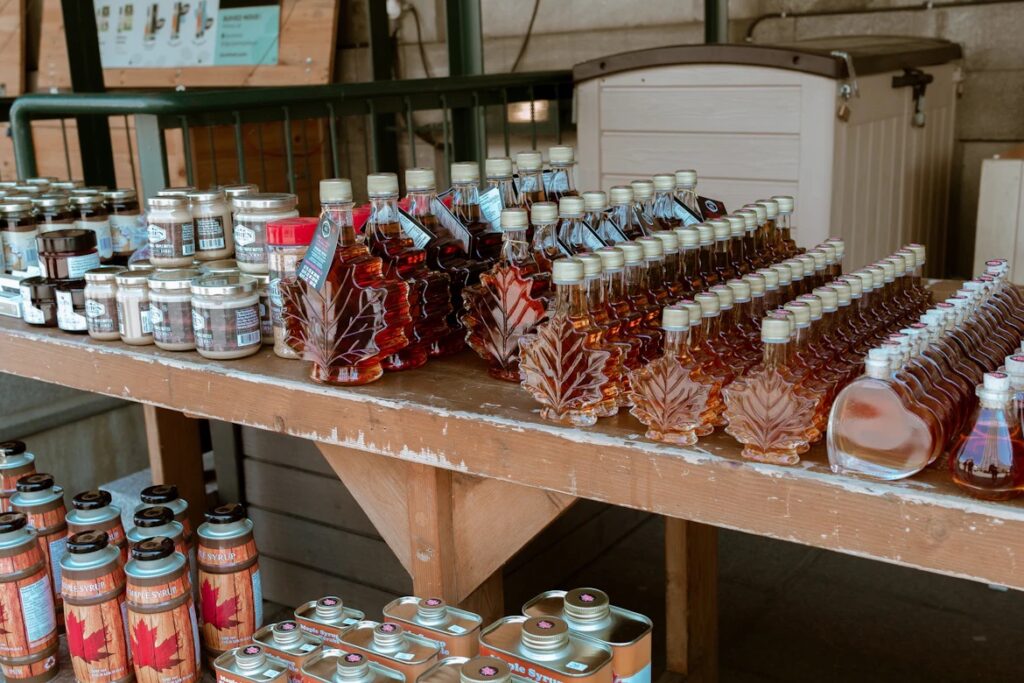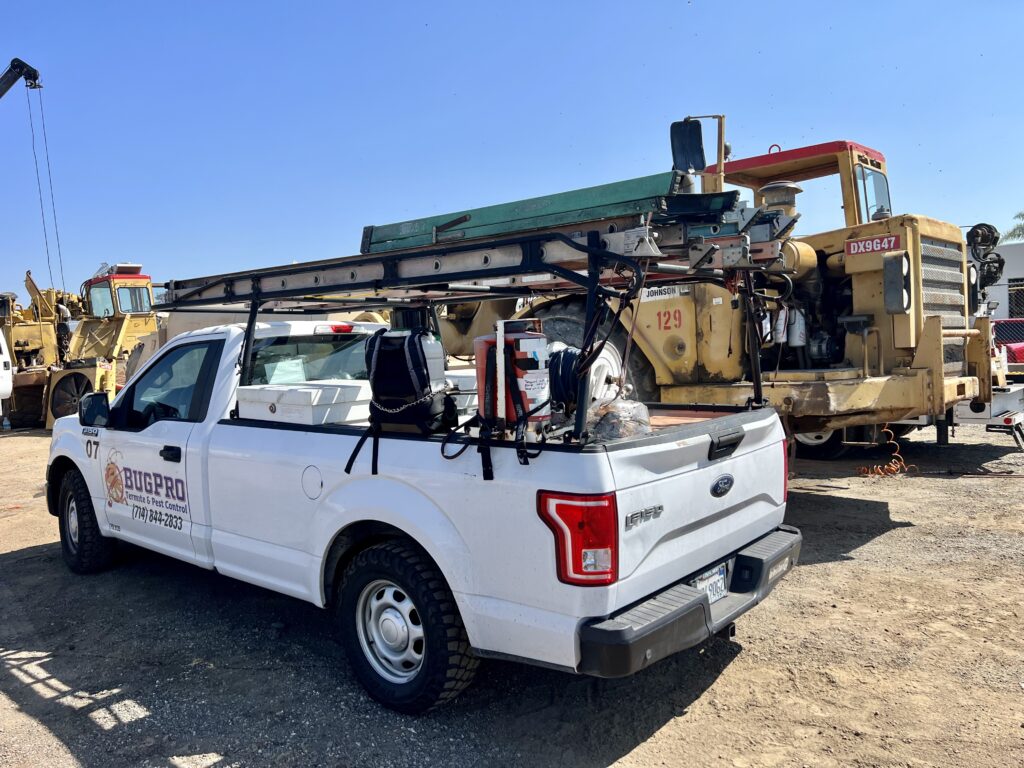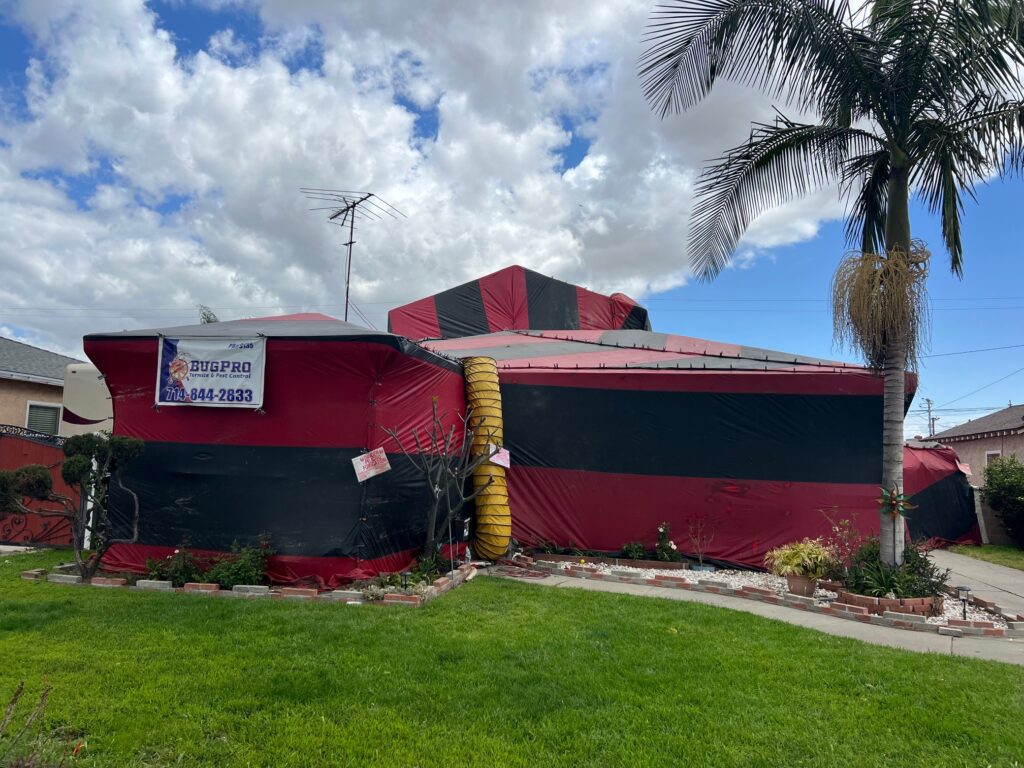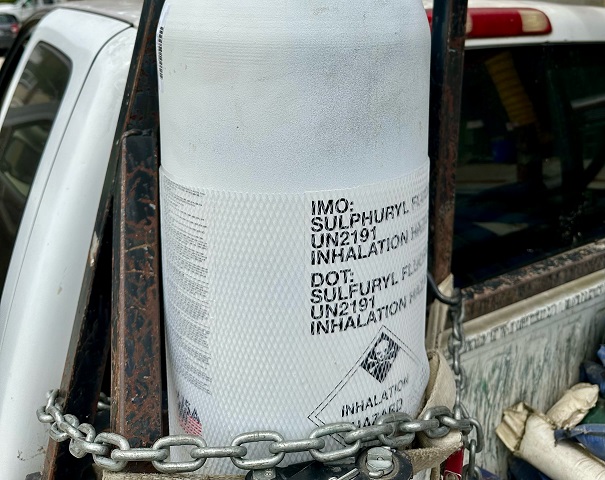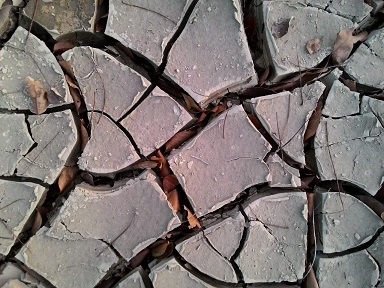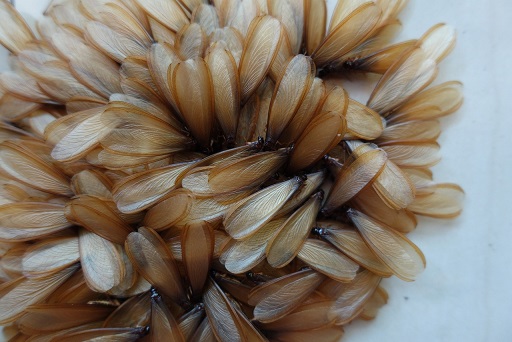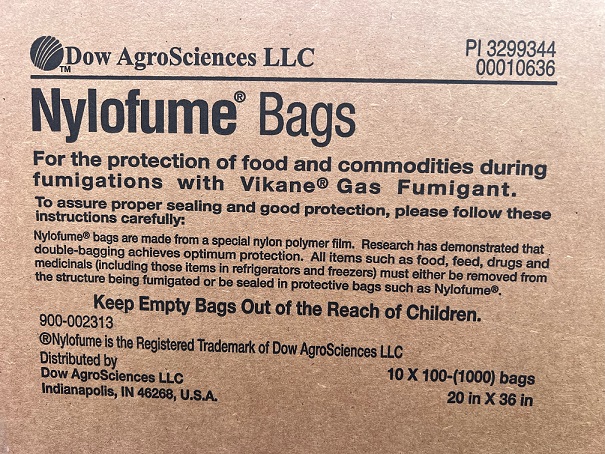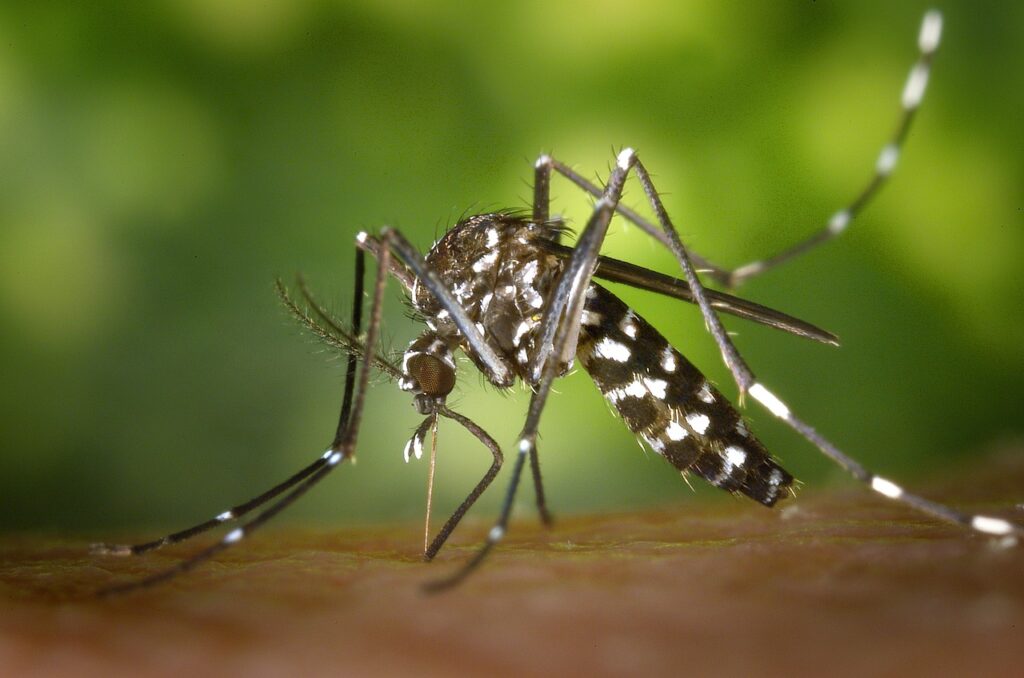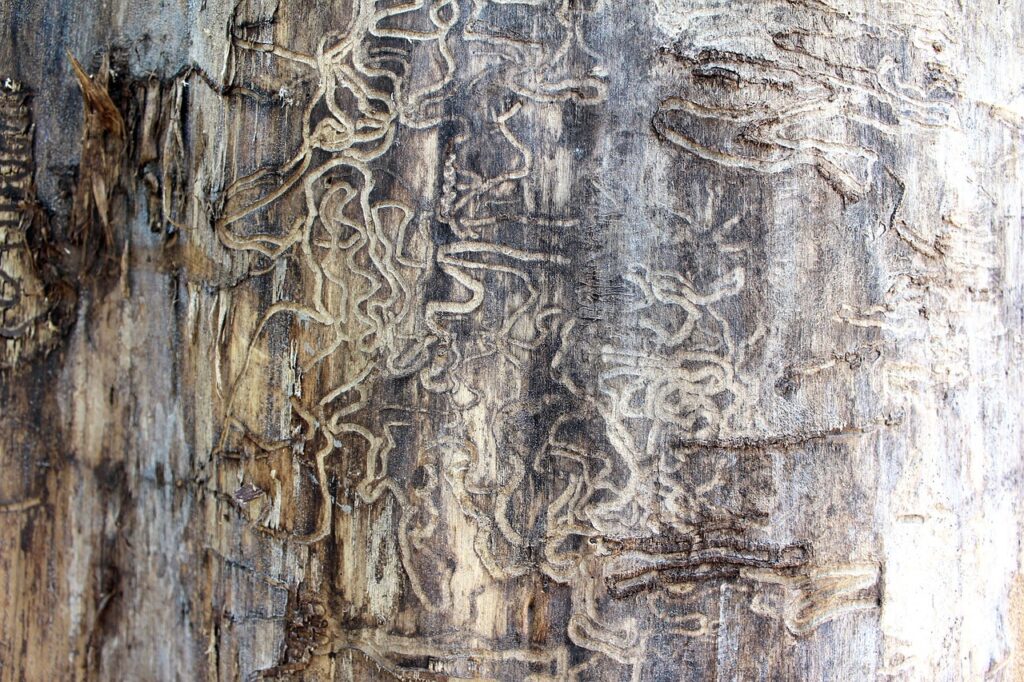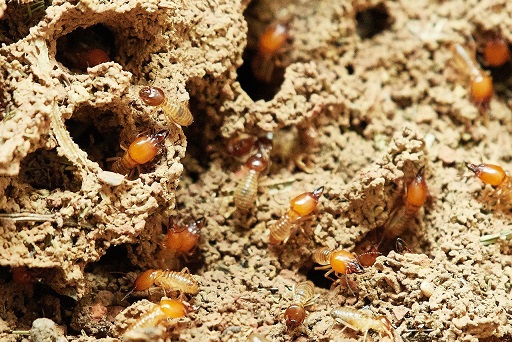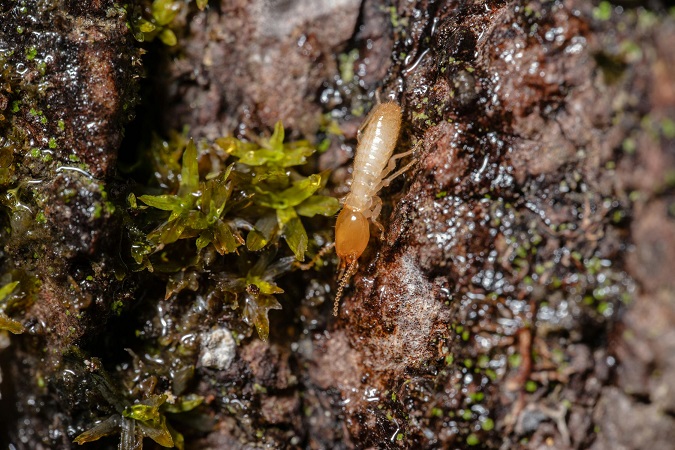What is Protozoa?
In the fascinating world of insects, certain relationships are critical for survival. One of the most remarkable symbiotic associations exists between protozoa and insects like termites and cockroaches. These tiny, single-celled organisms play a pivotal role in helping their insect hosts digest cellulose, an abundant yet challenging energy source. Let’s delve into the symbiosis between protozoa and these insects and understand how this relationship sustains their survival.
Protozoa are a diverse group of single-celled eukaryotic organisms. Unlike bacteria, protozoa have a more complex cellular structure, including a nucleus and other organelles. They can be found in a multitude of environments, from aquatic habitats to the digestive tracts of larger organisms. Protozoa are crucial players in many ecosystems, acting as both predators and prey within microbial food webs. In the context of termites and cockroaches, their primary role is symbionts, organisms that live in close association with a host and often provide essential functions.
Termites are notorious for their ability to break down cellulose—a complex carbohydrate found in wood and plant material—into simpler substances that can be absorbed and utilized as nutrients. However, termites themselves lack the enzymes necessary to break down cellulose. This is where protozoa come into play.
In the hindgut of lower termites, a specialized protozoan fauna exists. These protozoa produce cellulases and other enzymes needed to break down cellulose into glucose and other simpler sugars. When a termite ingests wood, the food passes into its hindgut, where protozoa digest the cellulose, releasing nutrients that the termite can then absorb. Essentially, the protozoa act as a living digestive factory within the termite, converting otherwise indigestible wood into a usable energy source.
The relationship is mutually beneficial. The protozoa gain a constant supply of food and a protected environment to live in, while the termites gain access to nutrients they wouldn’t otherwise be able to derive from their woody diet. This symbiotic relationship is so vital that a termite colony can collapse if the protozoa are lost, such as through exposure to certain antibiotics or unsuitable environmental conditions.
Cockroaches, particularly wood-eating species like the woodroach, share a similar symbiotic relationship with protozoa, though it’s more commonly observed with bacterial symbionts in the hindgut.
Protozoa in the gut of cockroaches play a similar role to those in termites, aiding in the breakdown of complex polysaccharides like cellulose. While cockroaches’ digestive systems are more flexible and capable of digesting a wider variety of foods compared to termites, protozoa nonetheless enhanced.




